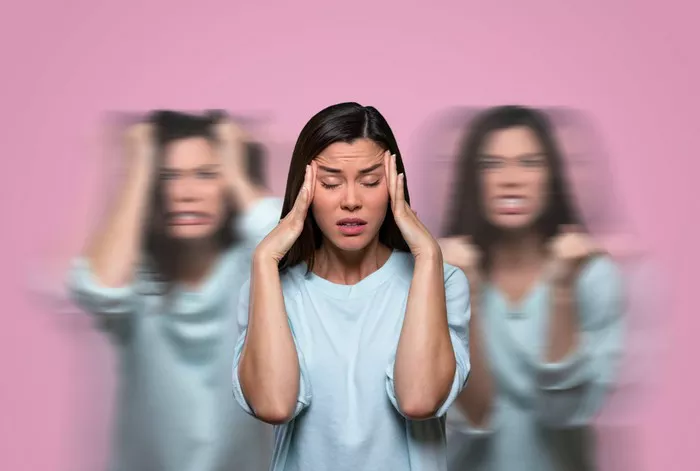Bipolar disorder is a complex and often misunderstood mental health condition. It has another commonly used term that you might have heard of: manic-depressive illness. Let’s explore what this means and why it’s used interchangeably with bipolar disorder.
What is Bipolar Disorder?
Bipolar disorder is a brain disorder that causes unusual shifts in a person’s mood, energy, activity levels, and the ability to carry out day-to-day tasks. These mood swings can be extreme, ranging from periods of extremely elevated, energetic, and euphoric moods known as manic episodes to deeply depressed states.
During a manic episode, an individual might feel on top of the world. They could have an inflated sense of self-esteem, believing they can achieve anything. For example, someone might suddenly think they have the talent to write a bestselling novel in a week or come up with a revolutionary business plan overnight. They often have a decreased need for sleep, yet still feel full of energy. Their speech may become rapid, jumping from one topic to another in a way that’s hard for others to follow. They might engage in risky behaviors too, like spending large amounts of money on impulse purchases, driving recklessly, or having promiscuous sexual encounters. It’s as if their inhibitions are completely gone, and they’re driven by an internal force that makes them act in ways that are out of character when they’re in a more stable state.
On the other hand, depressive episodes are just as debilitating. People with bipolar disorder in a depressive state may experience overwhelming sadness, hopelessness, and a lack of interest in things they used to enjoy. They might have trouble getting out of bed in the morning, struggle to concentrate on even simple tasks like reading a short paragraph, and have changes in their appetite, either eating too much or too little. Thoughts of self-harm or suicide can also be prevalent during these dark times.

